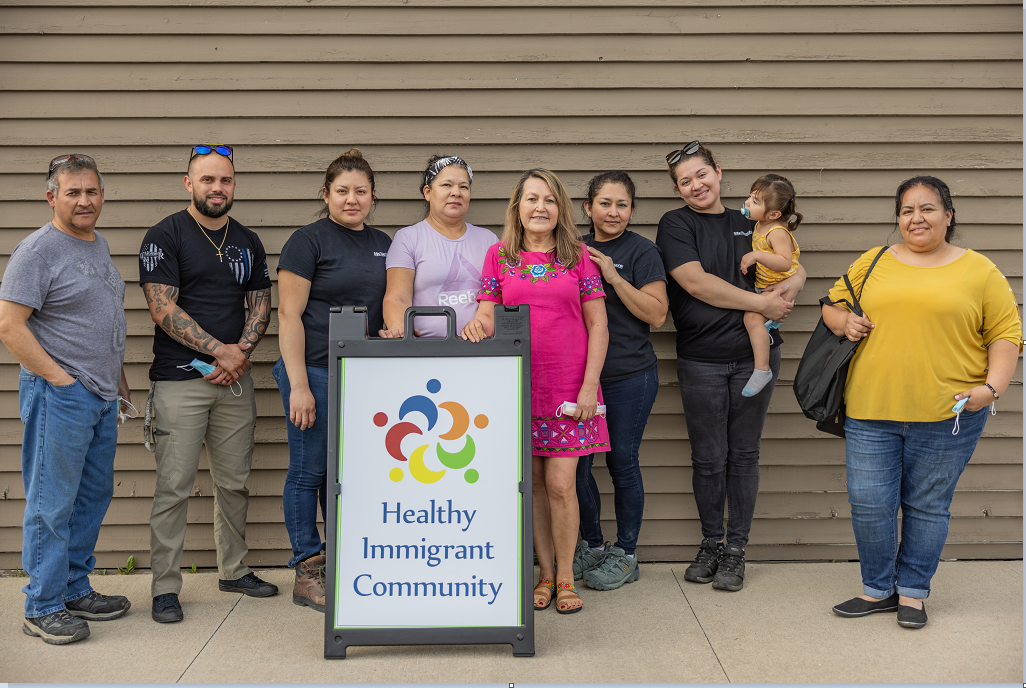Healthy Immigrant Community: Mobilizing the Power of Social Networks
Abstract
Immigrants often arrive to Minnesota with healthier cardiovascular risk profiles than the general population, but these health advantages disappear over time, and rates of obesity quickly increase. Accumulation of cardiovascular risk is precipitated, in part, by systemic factors that promote the adoption of unhealthy behaviors after immigration; namely a sedentary lifestyle and consumption of calorie dense foods. Yet few strategies exist to effectively promote health behavior change in immigrant communities, and clinical health promotion programs are often difficult to access or utilize by patients with limited English proficiency.
The objective of Project 1 is to leverage existing social networks for health behavior change relevant to obesity and cardiovascular risk among immigrant populations in Southeast MN. In this project our team proposed to build on the prior success of WellConnect, a robust infrastructure developed by a member of our team for implementing multi-level evidence-based health promotion programs and integrating them within health care systems, tailoring these programs to the needs of immigrant communities. To achieve our objective, Rochester Healthy Community Partnership (RHCP) will test the efficacy of this social network intervention within WellConnect and evaluate its potential dissemination and sustainability.
Aims
- 1. Assess the efficacy of a social network-informed CBPR-derived health promotion intervention on obesity and other measures of cardiovascular risk in two immigrant communities.
2. Assess the impact on sustainability and uptake outcomes of embedding a social network-informed CBPR-derived intervention within a regional health promotion resource hub.
Project 1's expected product will be a CBPR-derived, social network-informed intervention to reduce cardiovascular risk among two immigrant groups. Project 1 will be the first to evaluate a social network health promotion intervention among immigrant populations. Given that over one million immigrants arrive in the US annually, the potential public health impact of this work is considerable.
Learn more about Project 1.





